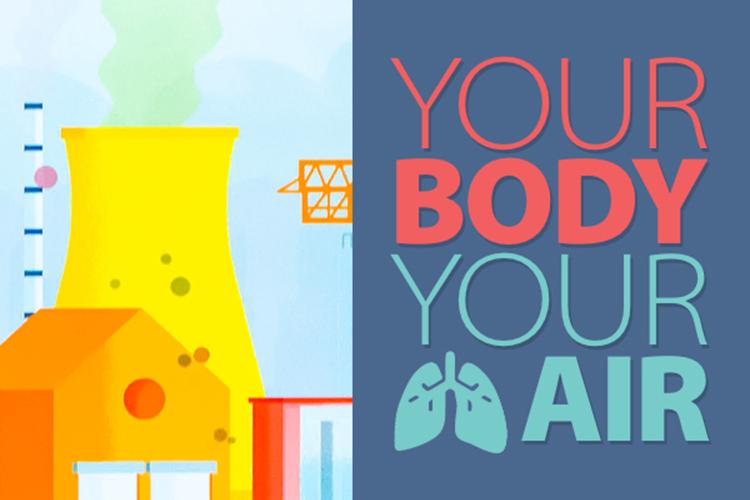
Carpet Systems
Select carpeting and carpet tile made with a non-PVC backing that installs with factory-applied adhesive or no adhesive. Ask how the manufacturer minimizes waste in the manufacturing process and aids in the nationwide carpet recycling effort.
The Carpet and Rug Institute (CRI) ensures that consumers are purchasing low-emitting carpet products. Under the Green Label Plus programs, carpet samples are put under stringent criteria to ensure they perform with low chemical emissions to help improve indoor air quality.
Next time you are in the market carpet be sure to look for the CRI logo.
Paints and Coatings
Low-VOC paints and sealants are rapidly improving in the marketplace. Quality interior paints are now available with zero VOC content is many cases. Follow the Green Seal VOC limits, GS-03 and GS-11 for paints.
The Healthy Building Network recommends a VOC level no higher than 20 grams per Liter (g/L) for most surfaces, and no higher than 50 (g/L) for heavy use surfaces.
Third Party VOC Certification Program
Recommended by the Healthy Building Network (www.healthybuilding.net)
|
Houston Public Library (HPL) https://houstonlibrary.org/your-body-your-air Air pollutants are substances in the air that can have a negative effect on our health. We invite you to learn about types and sources of air pollution in Houston and the effect they have on our bodies and our communities in The Health Museum’s new exhibit Your Body Your Air. Created in partnership with the Environmental Defense Fund, Your Body Your Air can be seen at various Houston Public Library locations through the year beginning with the Robinson-Westchase Neighborhood Library. Collaborative for High Performance Schools (CHPS) (www.chps.net/manual/lem_table.htm) CHPS maintains a table listing products that have been certified by the manufacturer and an independent laboratory to meet the CHPS Low-Emitting Materials Criteria-Section 01350-for use in a typical classroom, including adhesives, sealants, concrete sealers, acoustical ceilings, wall panels, wood flooring ,composite wood boards, resilient flooring (includes rubber) and carpet. |
| FloorScore (www.scscertified.com/iaq/floorscore_1.html)
|
| GreenGuard: Certification for Children & Schools (www.greenguard.org)
|
| GreenLabel Plus (www.carpet-rug.com/News/040614_GLP.cfm)
|
| Green Seal Certified Products (www.greenseal.org/certproducts.htm#paints)
|
| Indoor Advantage Gold (www.scscertified.com/iaq/indooradvantage.html)
|
